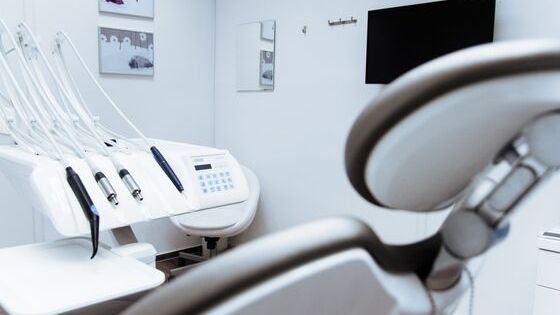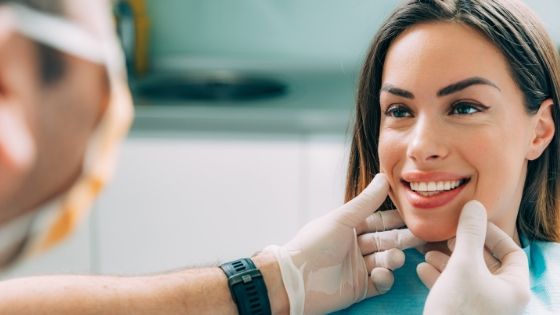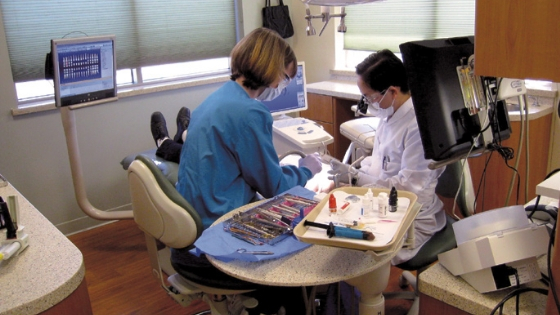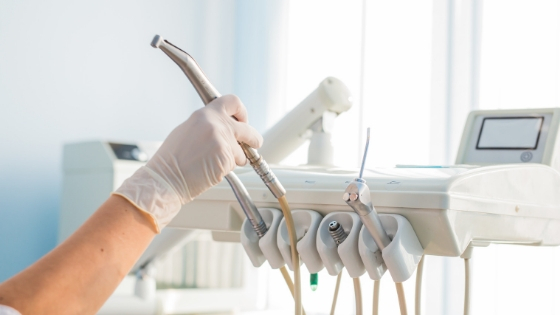What is an Intraoral Camera?
An intraoral camera is a small-sized camera used by dentists to take images of your teeth and gums. Intraoral cameras have rapidly increased over the years as it is beneficial in diagnosing dental problems like tooth decay and cracked teeth. The intraoral camera transmits real-time imagery for the patient and dentists to see. Intraoral cameras are a very important and powerful tool for dentists to possess. When you use an intraoral camera from Digital Doc, patients will visualize exactly what you’re trying to tell them. Intraoral cameras allow you to SEE MORE and DO MORE.
Benefits of Intraoral Cameras
In today’s high-tech world, patients care about high-quality imagery. Luckily, Digital Doctor offers premium intraoral cameras with high-quality results. We highly recommend making the investment and upgrading to our IRIS X80 Liquid Lens Auto-focus Intraoral Camera, our newest intraoral camera. Here are some of the top reasons you need intraoral cameras in your practice:
- Better patient education and dentist-patient communication: With the help of Digital Doc intraoral cameras, patients can see the inside of their mouth like never before. This makes it very easy for doctors to help patients understand what oral health problems they may have. Once they’ve seen the problem first-hand, the patient will be more receptive to starting treatment. Communication between patient and doctor will improve greatly if you upgrade to one of Digital Doc’s intraoral cameras.
- Improve diagnoses: Some parts of the teeth, like soft tissue lesions and caries, are challenging to see without the right equipment. Digital Doc’s intraoral cameras allow you to SEE MORE and DO MORE. With the help of advanced intraoral cameras, like the IRIS X80 Liquid Lens Auto-focus intraoral camera, you can accurately diagnose the patient in real-time. At the end of the day, you’ll both save time and money.
- Easier insurance claims: Insurance claims can be a complicated process. Sometimes, patients will need evidence to get their treatment covered, and x-rays may not be enough. Without proper evidence, treatment will be postponed. You won’t have this problem when you choose a Digital Doc’s intraoral camera.
What to Look for When Buying an intraoral camera
Digital Doctor provides intraoral cameras suited to all your needs. When you go out to buy an intraoral camera, you’ll need to keep the following in mind:
- Excellent image quality: The main purpose of an intraoral camera is to get high-quality images. So, you need to make sure the intraoral camera you choose has the right image resolution you need. You can count on Digital Doc’s intraoral cameras to produce high-quality images that can be displayed on flat screens in your dental office.
- A good light source: You need to make sure that the device has a light source that is resistant to scratches and liquids. Make sure you choose an intraoral camera with a light bright enough to get quality images of the patient’s teeth and gums. With the IRIS X80, you won’t have to worry about scratches or low lighting because of its high-performance impact and chemical resistant seamless body mold.
- Technical service: It is imperative that you choose the right intraoral camera provider. Look for a company that maintains a high quality of professionalism, after-sales service, and excellent overall experience. Digital Doc has 20 years of experience in the market. We don’t just hand you a camera and say good luck. When you choose an intraoral camera with Digital Doc, you get customer service of a company that answers every phone call live. We will not only provide you with the best intraoral cameras on the market but also provide you with a dedicated tech support team.
Now that you’ve read the top reasons you need intraoral cameras, you can schedule a free virtual demo with our Digital Doc team. For more information, please contact us.











